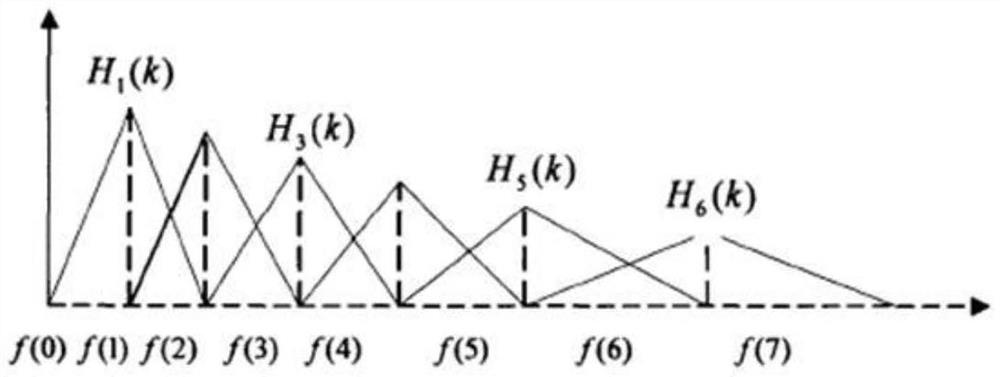Lung disease classification detection method based on collaborative deep learning and lung auscultation sound
A technology for classification and detection of lung diseases, applied in the field of medical data classification and detection, can solve problems such as missed diagnosis and misdiagnosis, affecting the accuracy and reliability of diagnosis results, and the loss of low-frequency information in human ear auscultation
- Summary
- Abstract
- Description
- Claims
- Application Information
AI Technical Summary
Problems solved by technology
Method used
Image
Examples
Embodiment Construction
[0036] In order to describe the present invention more specifically, the technical solutions of the present invention will be described in detail below with reference to the accompanying drawings and specific embodiments.
[0037] The present invention is based on a method for classifying and detecting lung diseases based on collaborative deep learning and lung breath sounds, which specifically includes the following steps:
[0038] (1) Data preprocessing.
[0039] In speech recognition, the most commonly used speech features are Mel cepstral coefficients. Due to the masking effect of the human ear, that is, the human ear is more sensitive to frequencies with high loudness, but is very insensitive to frequencies with low loudness, and there is auditory sensitivity to signals of different frequencies. The lower frequency sound waves travel up the inner cochlear basilar membrane longer than the higher frequency sound waves, so the critical bandwidth from low frequency to high fre...
PUM
 Login to View More
Login to View More Abstract
Description
Claims
Application Information
 Login to View More
Login to View More - R&D
- Intellectual Property
- Life Sciences
- Materials
- Tech Scout
- Unparalleled Data Quality
- Higher Quality Content
- 60% Fewer Hallucinations
Browse by: Latest US Patents, China's latest patents, Technical Efficacy Thesaurus, Application Domain, Technology Topic, Popular Technical Reports.
© 2025 PatSnap. All rights reserved.Legal|Privacy policy|Modern Slavery Act Transparency Statement|Sitemap|About US| Contact US: help@patsnap.com



